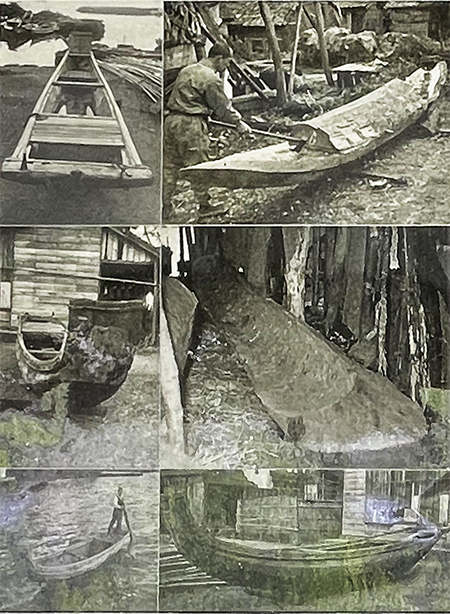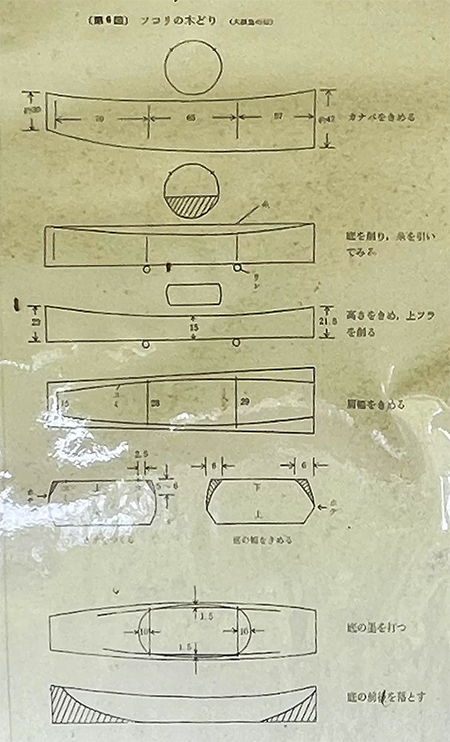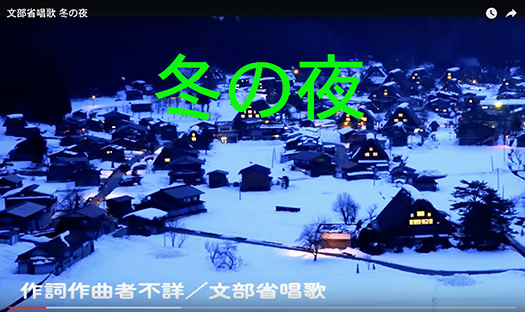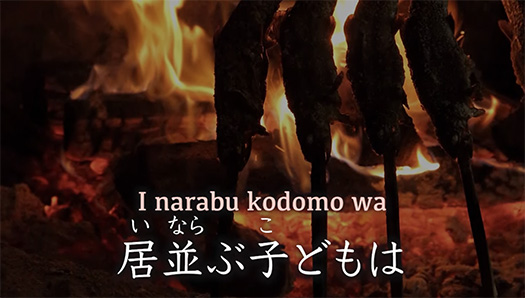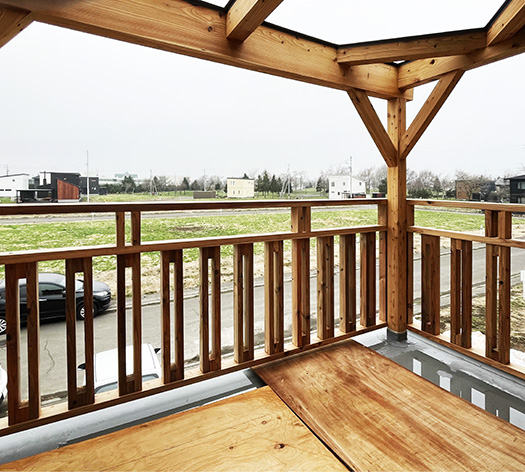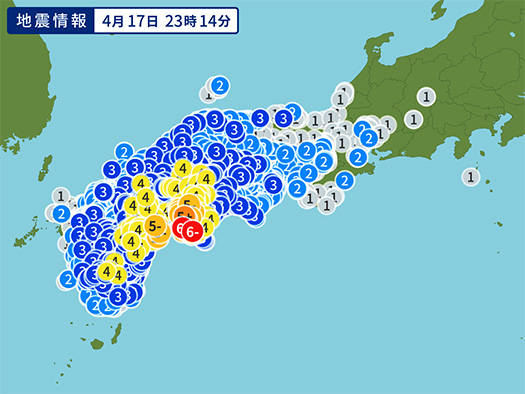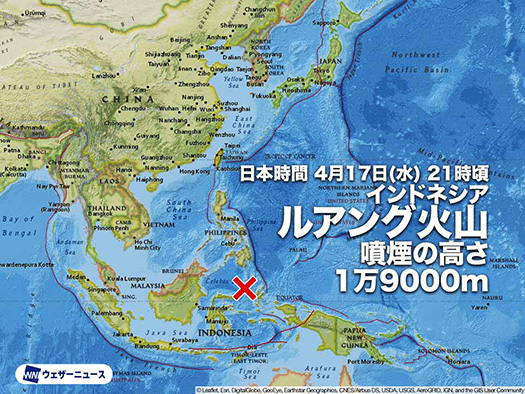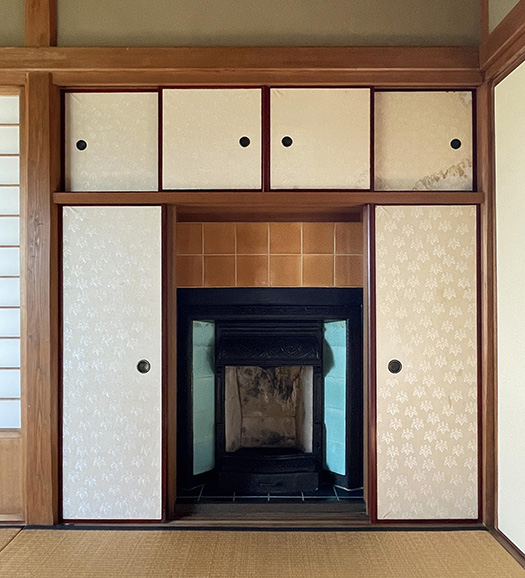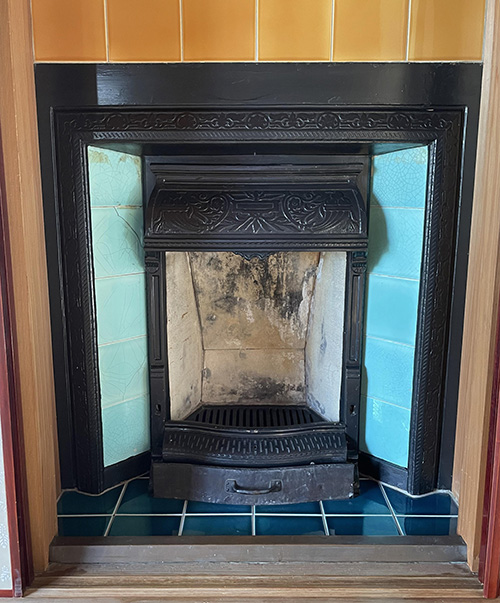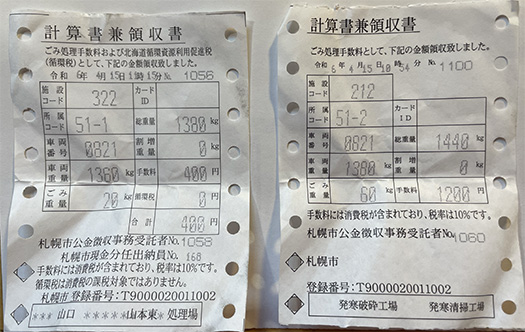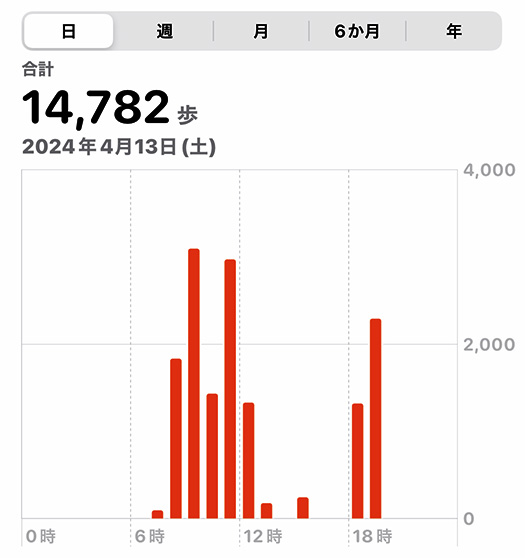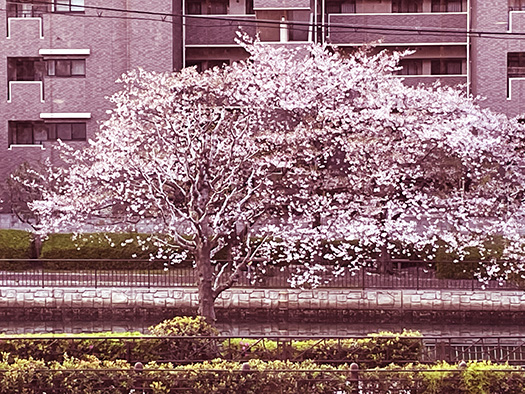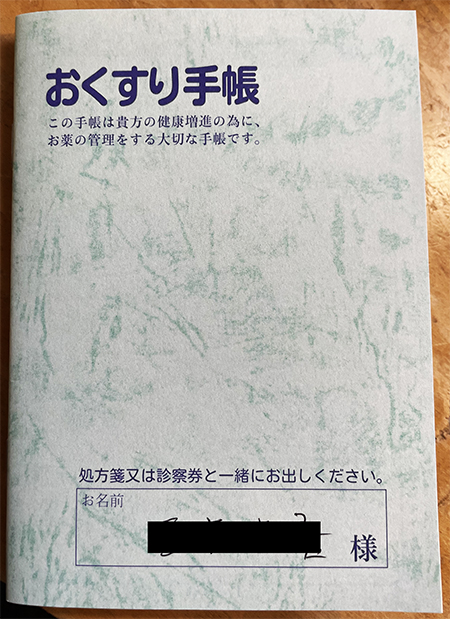
昨日掲載したわたしのブログの内容について、謝罪して訂正いたします。
ある疾病についてSNSなどで納豆が悪い影響を及ぼすかのようなおびただしい情報拡散がありますが、自分自身の体調不良の進行があって、専門の先生への質問・確認をしないまま、いわば「自衛的」に納豆の食習慣を避ける旨、昨日記載してしまいました。
その昨日、体調が良くなかったので2ヶ月に1回の定期健診より前に先生と面会させていただき、ご指示を承った折りに納豆の件について失礼ながら質問させていただきました。
そうしたところ先生から「納豆はまったく問題ありません。そういう危険性のある薬剤は投与していません。そうであればキチンと避けるように申し上げます」というキッパリとしたお答え。
受け取らせていただいたわたしとしては、十分な確信を持たないままブログに書いたことを深く反省しております。そこで、そういった経緯も正直に発信すべきと考えました。
病名などは明示はしていませんでしたが、読者の方からは推認に基づいた返信もいただいたので誤解は与えた、不正確なことを書いてしまったことを深くお詫びします。
ということで、数日間納豆は遠ざかっていましたが、本日から再び、朝食のメインメニュー・主役として再度復活していただくことにしました。やはりなんと言っても納豆に申し訳ない。わたしとしてはまさに「断腸の思い」だったとはいえ、惑わされたことに申し訳ない思いでいっぱい。
で、もうひとつ、写真の「おくすり手帳」についても誤解をしていました。
お薬手帳アプリというのが出てきて、わたしは軽い気持ちで「あ、これいいっしょ」ということで即採用していました。手帳ではいちいち携行するのが面倒くさいということもあり、忘れることも多いことから、それがスマホアプリに代わるのは合理的と早合点したのですが、昨日、別の薬局でそのように伝えたら、なんとアプリでは薬局によって「使える,使えない」があって、その薬局では使えないということを正確にお知らせいただいた。
スマホアプリという新システムだからお薬手帳本来の「共通性」はもちろん担保されていると思い込んでいたけれど、実はそういう実態なのだと知らされた次第。これも無知からの誤解。ということでアナログの手帳に再度ご活躍願うことにしました。う〜む、恥ずかしい限り。
本日は恥を忍んでの自分の「勘違い」2題でありました。誤情報、申し訳ありませんでした。
English version⬇
We respectfully announce our intention to continue eating natto. Declaration of Continuation of Natto Diet!
We obtained a crisp notice from the doctor that “Natto is not guilty for the drug we ordered. We are sorry for the misinformation we sent out, and we will correct it immediately.
I would like to apologize and correct the content of my blog posted yesterday.
There has been a great deal of information spread on social networking sites about certain diseases, as if natto has a negative effect on them, but due to my own ongoing health problems, I wrote yesterday that I would avoid eating natto as a “self-defense” measure, so to speak, without asking or checking with a medical specialist.
Yesterday, I was not feeling well, so I went to see the doctor before my bi-monthly checkup and asked him about natto when he gave me his instructions.
The doctor replied, “Natto is not a problem at all. We are not administering any drugs with such risks. If that were the case, I would have told you to avoid it.
As the recipient of this answer, I deeply regret that I wrote this blog without sufficient certainty. Therefore, I thought that I should also honestly report such circumstances.
Although I did not specify the name of the disease, I received some replies from readers based on their assumptions, and I deeply apologize for any misunderstanding I may have caused or any inaccuracies in what I wrote.
So, after staying away from natto for a few days, I have decided to ask it to return again as the main menu and mainstay of my breakfast again, starting today. After all, I feel sorry for natto. I am sorry that I was misled by natto, even though it was my “desperate decision”.
I also misunderstood about the “medication notebook” in the photo.
When the “medication notebook app” came out, I immediately adopted it with a light heart, saying, “Oh, this is good, isn’t it? However, when I told this to another pharmacy yesterday, I was accurately informed that the app is not available at that pharmacy, because it is not available at all pharmacies. I was informed accurately that the app can be used in some pharmacies and not in others.
I had assumed that the new smartphone application system would ensure the “commonality” of the medication handbook, but I was informed that this was in fact the case. This is another misunderstanding caused by ignorance. So, I have decided to ask the analog notebook to work again. I am ashamed to say this.
Today, I am ashamed to report two of my “misunderstandings. I apologize for the misinformation.
Posted on 4月 23rd, 2024 by 三木 奎吾
Filed under: おとこの料理&食 | No Comments »




